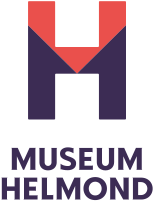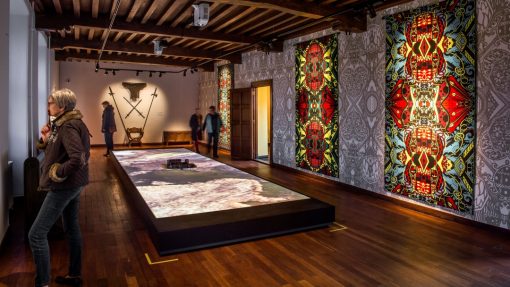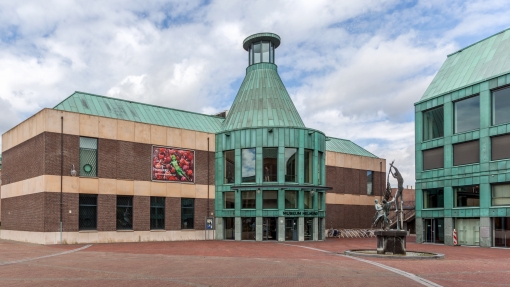
- 17 June 2018
- 23 September 2018
- Kasteel Helmond
Carl de Keyzer / DPR Korea Grand Tour
Until 23 September, Helmond Museum exhibits 90 large-format colour photographs by Belgian Magnum photographer Carl de Keyzer. This new series of photographs was made by De Keyzer between 2015 and 2017 over the course of four trips totalling 60 days while travelling through North Korea.
North Korea
North Korea is one of the most difficult places in the world to photograph. Carl de Keyzer visited well-known and new places where westerners are allowed. This was made possible by Koryo Tours, a company that has been organizing tours to countries like North Korea since 1993. De Keyzer travelled throughout the entire country with North Korean guides and visited more than 200 locations. This resulted in a unique and remarkable reflection of one of the world’s most complex, isolated, and misunderstood countries.
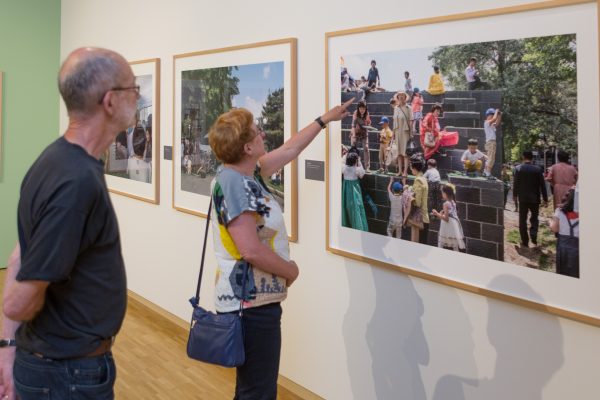
Fascinated by power
Throughout his career, De Keyzer has been fascinated by power structures and the impact of power on society. He photographed the fall of the Soviet Union, the decline of Cuba, and the religious fanaticism in the USA. De Keyzer’s photographs are intended to get people thinking. He is a master of observing people in many different kinds of situations and photographs them in such a way that we can understand and appreciate their feelings, thoughts, and behaviour. The longer we look, the more familiar we become with these characters and their environment.
A substantial, stylistically designed catalogue has been created for the exhibition. Publisher: Lannoo.
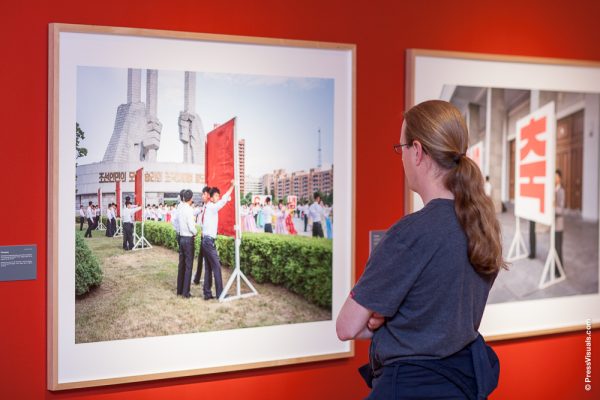
About Magnum
International photographic cooperative Magnum Photos was founded in 1947 by Robert Capa, Henri Cartier-Bresson, George Rodger, and David Seymour. Since then, Magnum has expanded to four editorial offices across the world located in New York, London, Paris, and Tokyo. Magnum provides photographs for the press, publishers, advertising agencies, television, galleries, and museums. Henri Cartier-Bresson summed up Magnum’s credo: ‘Magnum is a community of thought, a shared human quality, a curiosity about what is going on in the world, a respect for what is going on and a desire to transcribe it visually.’
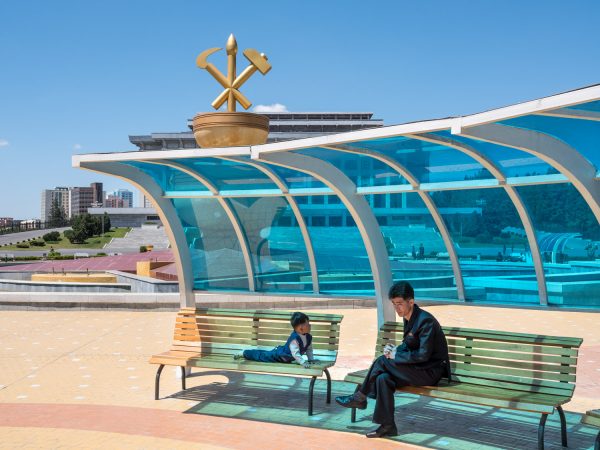
Pyongyang, DPR Korea Father and son sit down for a rest in front of the April 25th House of Culture; Pyongyang. April 25th is the founding date of the Korean People’s Army, and the enormous structure is used for important military and political meetings, as well as performances. © Carl De Keyzer – Magnum
